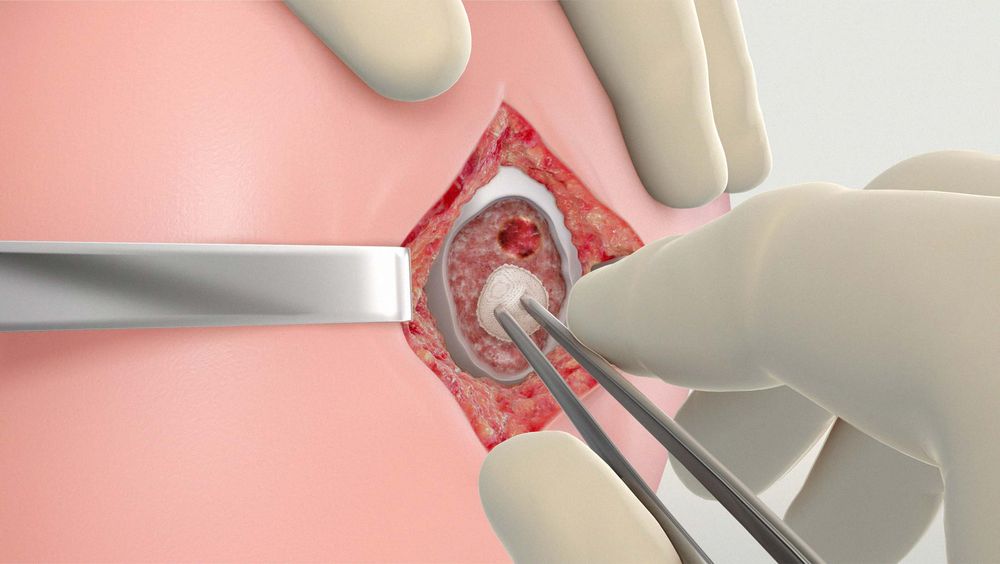
Injured cartilage typically does not heal on its own, so doctors have developed several surgical techniques that attempt to repair, regenerate, and replace cartilage.
These surgeries can be performed on almost any joint, but they are most commonly performed on knees. They are generally appropriate for people who have specific cartilage injuries rather than widespread cartilage damage, like that found in moderate to severe knee arthritis.
Surgeon can use special tools to remove frayed and tattered cartilage and smooth the remaining cartilage surface. This contouring of cartilage reduces joint friction, which in turn can:
The medical term for surgery to reshape knee cartilage is knee chondroplasty—“Chondro” refers to cartilage and “plasty” means to form or mold. Chondroplasty may be performed on a knee’s articular cartilage, meniscus, or both.
Knee chondroplasty is often done in conjunction with debridement. During knee debridement the surgeon removes potential irritants to the joint, such as loose pieces of cartilage, and flushes the joint with a saline solution (lavage).
Cartilage tissue’s ability to repair itself is severely limited because it does not contain blood vessels, and bleeding is necessary for healing. A surgeon can encourage new cartilage growth by making small cuts or abrasions in the bone underneath the injured cartilage. The hope is that the blood from the damaged bone will facilitate new cartilage cell growth.
There are three common knee cartilage regeneration techniques that use bleeding to spur cartilage healing: